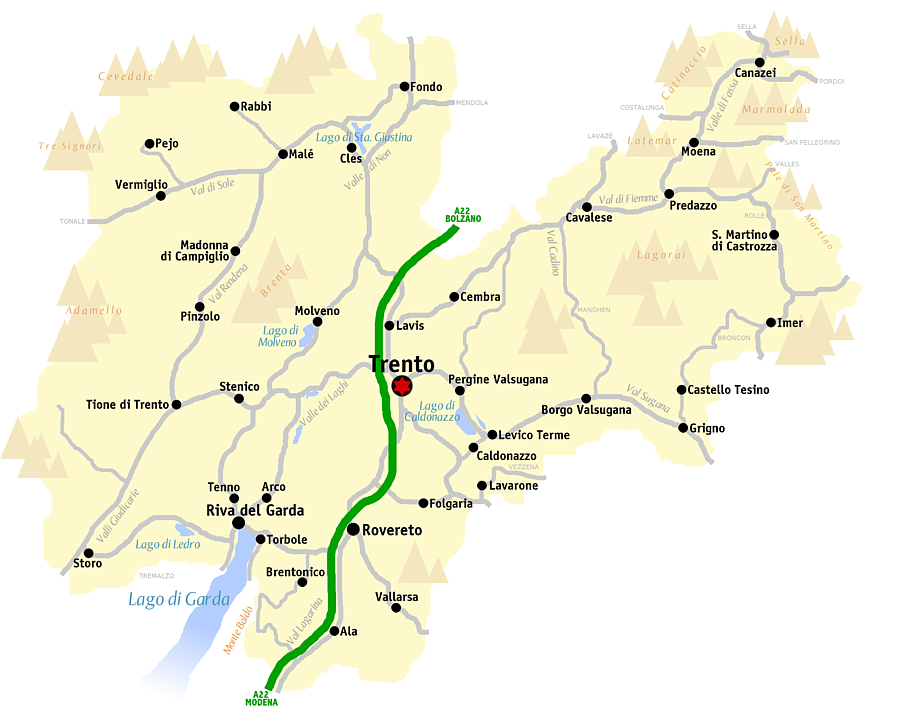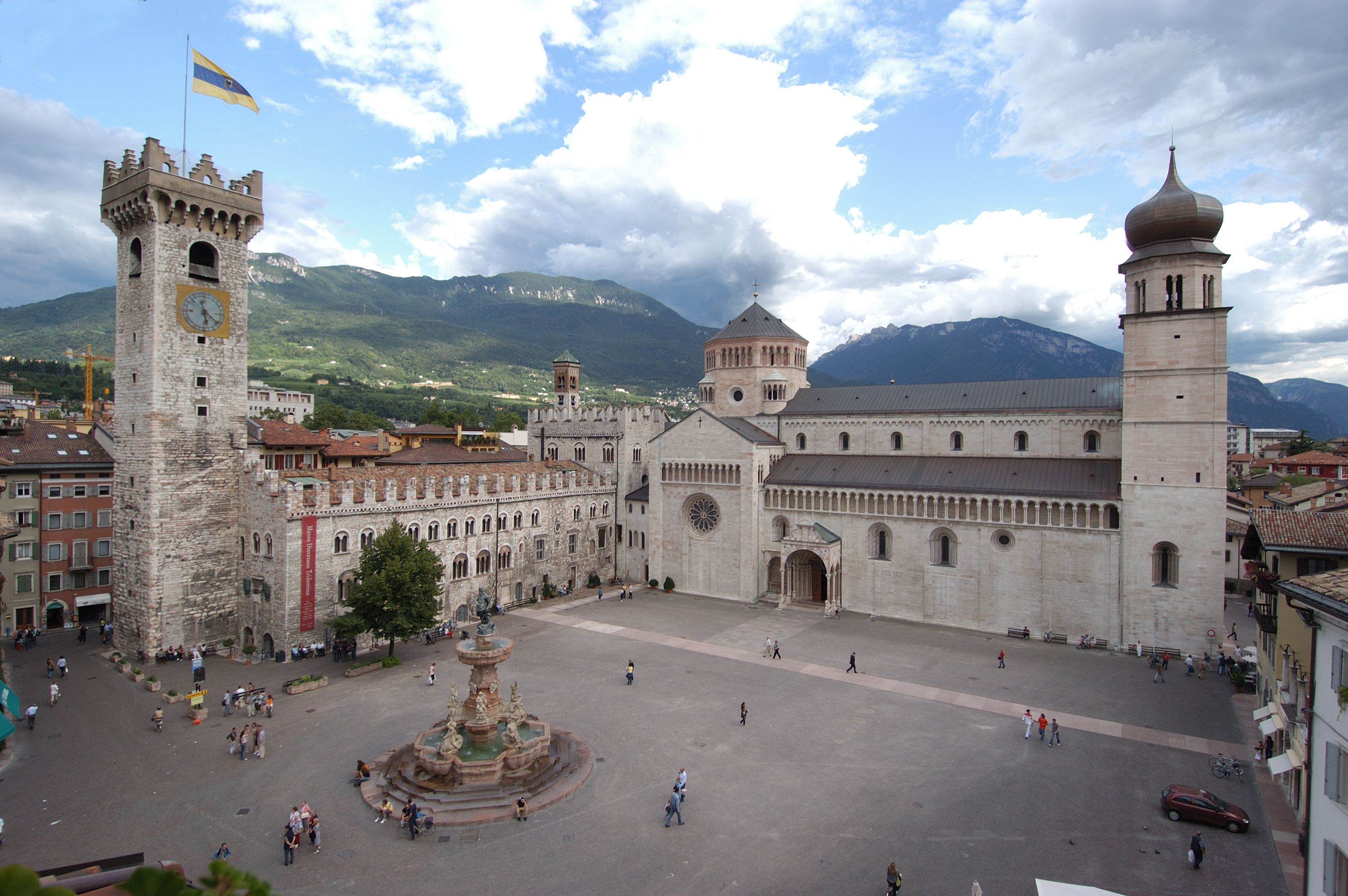|
Tenno, Trentino
Tenno (''Tén'' in local dialect) is a ''comune'' (municipality) in Trentino in the northern Italian region Trentino-Alto Adige/Südtirol, located about southwest of Trento. Tenno borders the following municipalities: Comano Terme, Fiavè, Arco, Ledro and Riva del Garda. Its neighborhood of Canale is one of I Borghi più belli d'Italia () is a non-profit private association of small Italian towns of strong historical and artistic interest, that was founded in March 2001 on the initiative of the Tourism Council of the National Association of Italian Municipalities, with the a ... ("The most beautiful villages of Italy"). Tenno contains the waterfalls of Cascate del Varone. Tenno hosts an yearly summer festival called ''Quarta d'Agosto'' (Fourth of August) which is celebrated the fourth Sunday of August, in Cologna. References External links *Official websiteTenno tourist information Cities and towns in Trentino-Alto Adige/Südtirol Borghi più belli d'Italia ... [...More Info...] [...Related Items...] OR: [Wikipedia] [Google] [Baidu] |
Trentino-Alto Adige/Südtirol
Trentino-Alto Adige/Südtirol ( ; ; ), often known in English as Trentino-South Tyrol or by its shorter Italian name Trentino-Alto Adige, is an Regions of Italy#Autonomous regions with special statute, autonomous region of Italy, located in the Northern Italy, northern part of the country. The region has a population of 1.1 million, of whom 62% speak Italian language as their mother tongue, 30% speak German language, German and several foreign languages are spoken by immigrant communities. Since the 1970s, most legislative and administrative powers have been transferred to the two self-governing Provinces of Italy, provinces that make up the region: the province of Trento, commonly known as Trentino, and the province of Bolzano, commonly known as South Tyrol (). In South Tyrol, South Tyrol#Languages, German remains the sizeable majority language. From the 9th century until 1801, the region was part of the Holy Roman Empire. After being part of the short-lived Italian Republic (N ... [...More Info...] [...Related Items...] OR: [Wikipedia] [Google] [Baidu] |
Trentino
Trentino (), officially the Autonomous Province of Trento (; ; ), is an Autonomous province#Italy, autonomous province of Italy in the Northern Italy, country's far north. Trentino and South Tyrol constitute the Regions of Italy, region of Trentino-Alto Adige/Südtirol, an autonomous region under the constitution. The province is composed of 166 ''comuni'' (: ''comune''). Its capital is the city of Trento (Trent). The province covers an area of more than , with a total population of 541,098 in 2019. Trentino is renowned for its Mountain, mountains, such as the Dolomites, which are part of the Alps. Etymology The province is generally known as "Trentino". The name derives from Trento, the capital city of the province. Originally, the term was used by the local population only to refer to the city and its immediate surroundings. Under former Austrian Empire, Austrian rule, which began in the 19th century (previously, Trentino was governed by the local bishop), the common German ... [...More Info...] [...Related Items...] OR: [Wikipedia] [Google] [Baidu] |
National Institute Of Statistics (Italy)
The Italian National Institute of Statistics (; Istat) is the primary source of official statistics in Italy. The institute conducts a variety of activities, including the census of population, economic censuses, and numerous social, economic, and environmental surveys and analyses. Istat is the largest producer of statistical information in Italy and is actively involved in the European Statistical System, which is overseen by Eurostat. History The Italian National Institute of Statistics () was established by Legislative decree no. 1162 on 9 July, 1926, as the Central Institute of Statistics () in order to replace the General Statistics Division of the Ministry of Agriculture, Food Sovereignty and Forests (Italy), Ministry of Agriculture. Corrado Gini was established as the first director of the institute, under the authority of the head of state. The institute, with a staff of about 170 workers, was charged with publishing the data of the 6th general population census, gener ... [...More Info...] [...Related Items...] OR: [Wikipedia] [Google] [Baidu] |
Communes Of Trentino
The list shows the municipalities (''comune, comuni'') of the autonomous province of Trento, Italy. Trentino is divided into 176 administrative subdivisions (''Comuni/municipalities of South Tyrol, Gemeinden''). Some municipalities have a second official language such as German language, German (Cimbrian language, Cimbrian and Mócheno language, Mócheno) and Ladin language, Ladin. Most German names of municipalities however are historical apart from the previously mentioned communities. The Ladin variety of the Fassa Valley is currently the only officially recognized one, in contrast to the varieties of Val di Non, Non and Sole Valley). List See also * Municipalities of South Tyrol * Prontuario dei nomi locali dell'Alto Adige References {{Trentino Municipalities of Trentino, ... [...More Info...] [...Related Items...] OR: [Wikipedia] [Google] [Baidu] |
Italy
Italy, officially the Italian Republic, is a country in Southern Europe, Southern and Western Europe, Western Europe. It consists of Italian Peninsula, a peninsula that extends into the Mediterranean Sea, with the Alps on its northern land border, as well as List of islands of Italy, nearly 800 islands, notably Sicily and Sardinia. Italy shares land borders with France to the west; Switzerland and Austria to the north; Slovenia to the east; and the two enclaves of Vatican City and San Marino. It is the List of European countries by area, tenth-largest country in Europe by area, covering , and the third-most populous member state of the European Union, with nearly 59 million inhabitants. Italy's capital and List of cities in Italy, largest city is Rome; other major cities include Milan, Naples, Turin, Palermo, Bologna, Florence, Genoa, and Venice. The history of Italy goes back to numerous List of ancient peoples of Italy, Italic peoples—notably including the ancient Romans, ... [...More Info...] [...Related Items...] OR: [Wikipedia] [Google] [Baidu] |
Trento
Trento ( or ; Ladin language, Ladin and ; ; ; ; ; ), also known in English as Trent, is a city on the Adige, Adige River in Trentino-Alto Adige/Südtirol in Italy. It is the capital of the Trentino, autonomous province of Trento. In the 16th century, the city was the location of the Council of Trent. Formerly part of Austrian Empire, Austria and Austria-Hungary, it was annexed by Kingdom of Italy, Italy in 1919. With 118,142 inhabitants, Trento is the third largest city in the Alps and second largest in the historical region of Tyrol. Trento is an educational, scientific, financial and political centre in Trentino-Alto Adige/Südtirol, in Tyrol and Northern Italy in general. The city contains a picturesque Medieval and Renaissance historic centre, with ancient buildings such as Trento Cathedral and the Castello del Buonconsiglio. Together with other Alpine towns Trento engages in the Alpine Town of the Year Association for the implementation of the Alpine Convention to achie ... [...More Info...] [...Related Items...] OR: [Wikipedia] [Google] [Baidu] |
Comano Terme
Comano Terme (''Comàn'' in local dialect) is an Italian ''comune'' (municipality) of the province of Trentino in northern Italy. It was created on 1 January 2010 by the union of the former ''comuni'' of Bleggio Inferiore and Lomaso. History The municipality was created after a referendum A referendum, plebiscite, or ballot measure is a Direct democracy, direct vote by the Constituency, electorate (rather than their Representative democracy, representatives) on a proposal, law, or political issue. A referendum may be either bin ..., called on 27 September 2009, in both the ''comuni''. Its name derives from the spa (''terme'') located in the village of Comano (), formerly part of Lomaso (''Lomaß''). Geography The municipality counts the civil parishes ('' frazioni'') of Biè, Bleggio Inferiore (the municipal seat), Bono, Cares, Cillà, Comano, Comighella, Dasindo, Duvredo, Godenzo, Lomaso (also named Campo Lomaso), Lundo, Poia, Ponte Arche (partly located in Stenico ... [...More Info...] [...Related Items...] OR: [Wikipedia] [Google] [Baidu] |
Arco, Trentino
Arco is a ''Municipalities of Trentino, comune'' in Trentino-Alto Adige in northern Italy. The town is faced on one side by sheer limestone cliffs jutting up like a wall protecting it and its ancient hilltop castle. King Francis II of the Two Sicilies, Francis II of the Kingdom of the Two Sicilies, Two Sicilies died here in 1894. Main sights *The Castello di Arco, medieval castle *Sanctuary and convent of ''Santa Maria delle Grazie'', built in 1475–1492. It houses a wooden statue of the Virgin Mary dating to the 15th century *''Collegiata dell'Assunta'', begun in 1613. Francis II of the Two Sicilies, Francis II, the last List of monarchs of the Two Sicilies, King of Two Sicilies, was provisionally buried here in the late 19th century, after his death at Arco in 1894. *Church of ''Sant'Apollinare'', with 14th-century frescoes *''Palazzo Marchettii'' (16th century). It has a portal attributed to Giulio Romano. *''Palazzo dei Panni'' (late 17th century) *''Stations of the Cross ... [...More Info...] [...Related Items...] OR: [Wikipedia] [Google] [Baidu] |
Ledro
Ledro (in local dialect: ''Léder'') is an Italian ''comune'' (municipality) in Trentino in northern Italy. It was created on January 1, 2010, by the union of the former ''comuni'' of Pieve di Ledro, Bezzecca, Concei, Molina di Ledro, Tiarno di Sopra and Tiarno di Sotto. History The municipality was created after a referendum, called on November 30, 2008, in all the 6 ''comuni'' of the Ledro Valley. Geography The municipality counts the civil parishes ('' frazioni'') of Bezzecca, Biacesa, Concei, Enguiso, Legos, Lenzumo, Locca, Mezzolago, Molina di Ledro, Pieve di Ledro (the municipal seat), Pré di Ledro, Tiarno di Sopra, Tiarno di Sotto. Ledro borders with the municipalities of Bleggio Superiore, Bondone, Cimego, Condino, Fiavè, Limone sul Garda ( BS), Magasa (BS), Nago-Torbole, Riva del Garda, Pieve di Bono, Storo, Tenno, Tione di Trento, Tremosine (BS) and Zuclo. Main sights * Lake Ledro, not too far from the Lake Garda * Giardino Botanico Preist ... [...More Info...] [...Related Items...] OR: [Wikipedia] [Google] [Baidu] |
Riva Del Garda
Riva del Garda (''Rìva'' in local dialect) is a town and ''comune'' in the northern Italian province of Trento of the Trentino Alto Adige region. It is also known simply as ''Riva'' and is located at the northern tip of Lake Garda. History Riva del Garda belonged to the Republic of Venice, the Bishopric of Trent, the Napoleonic Kingdom of Italy and later (1815–1918) to the Austro-Hungarian Empire (when it was known as ). During the Third Italian War of Independence, Riva del Garda was an important supply base for the Austrian navy and was the only town on the lake captured by Italian forces. In 1918, after the end of World War I, Riva del Garda, with the rest of the Trentino, became part of the Kingdom of Italy. Riva was the terminus for the long Mori–Arco–Riva railway line, opened in 1891. However, the railway line closed in 1936 and the railway terminus has been converted into a restaurant. Austrian statesman Kurt Schuschnigg was born in the town in 1897 and ... [...More Info...] [...Related Items...] OR: [Wikipedia] [Google] [Baidu] |
I Borghi Più Belli D'Italia
() is a non-profit private association of small Italian towns of strong historical and artistic interest, that was founded in March 2001 on the initiative of the Tourism Council of the National Association of Italian Municipalities, with the aim of preserving and maintaining villages of quality heritage. Its motto is ("The charm of hidden Italy"). Participants in the group are small population centres which risk neglect and abandonment because they lie outside the main tourist circuits. Initially they comprised about a hundred villages, but had increased to 361 in 2023. In 2012, the Italian association was one of the founding members of the international association The Most Beautiful Villages in the World, a private organization that brings together various territorial associations promoting small inhabited centres of particular historical and landscape interest. Description Admission criteria The criteria for admission to the association meet the following requirements: in ... [...More Info...] [...Related Items...] OR: [Wikipedia] [Google] [Baidu] |





